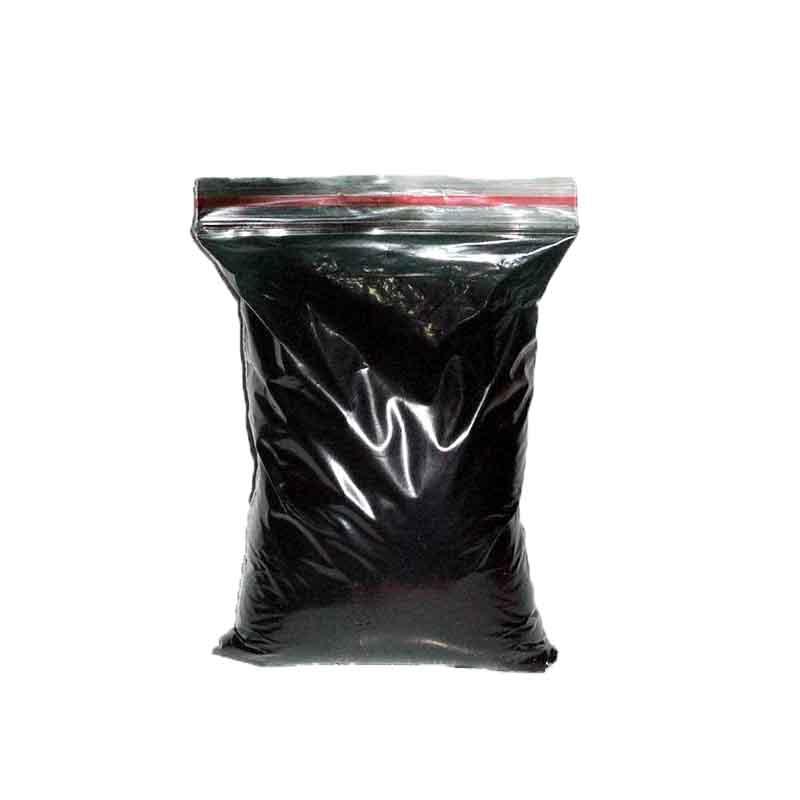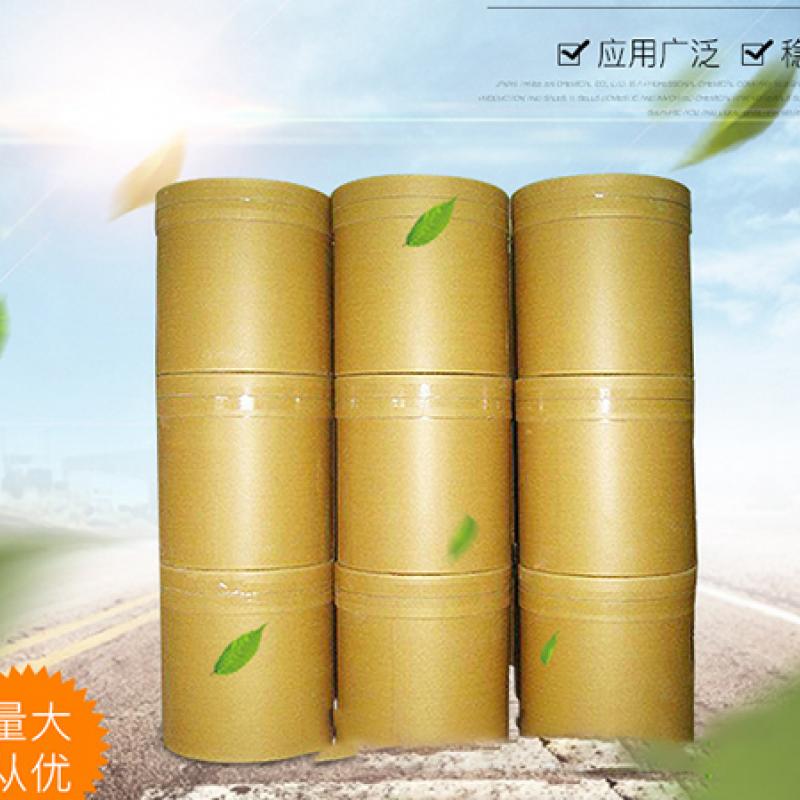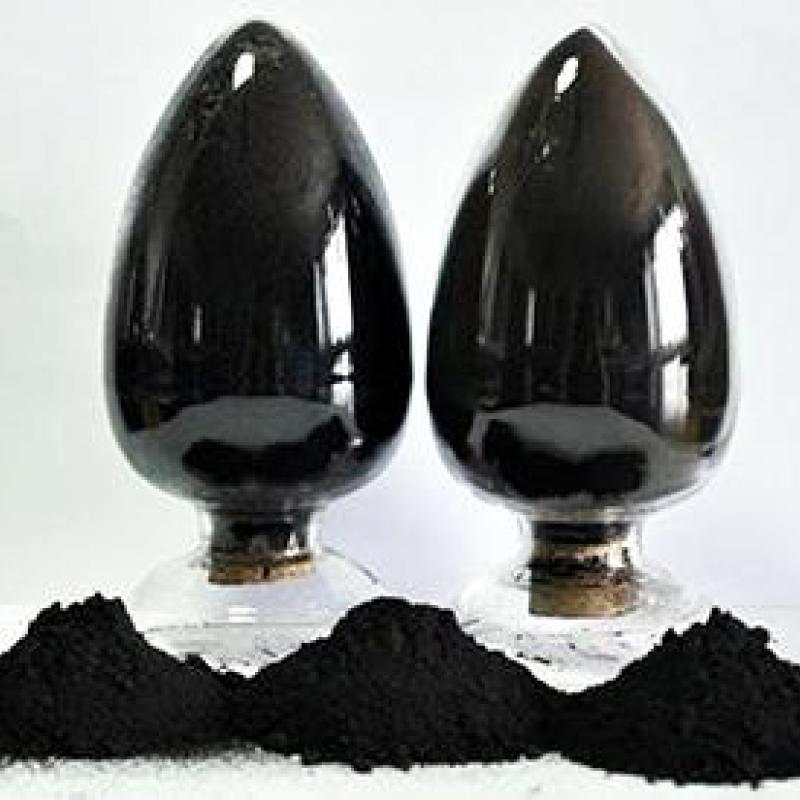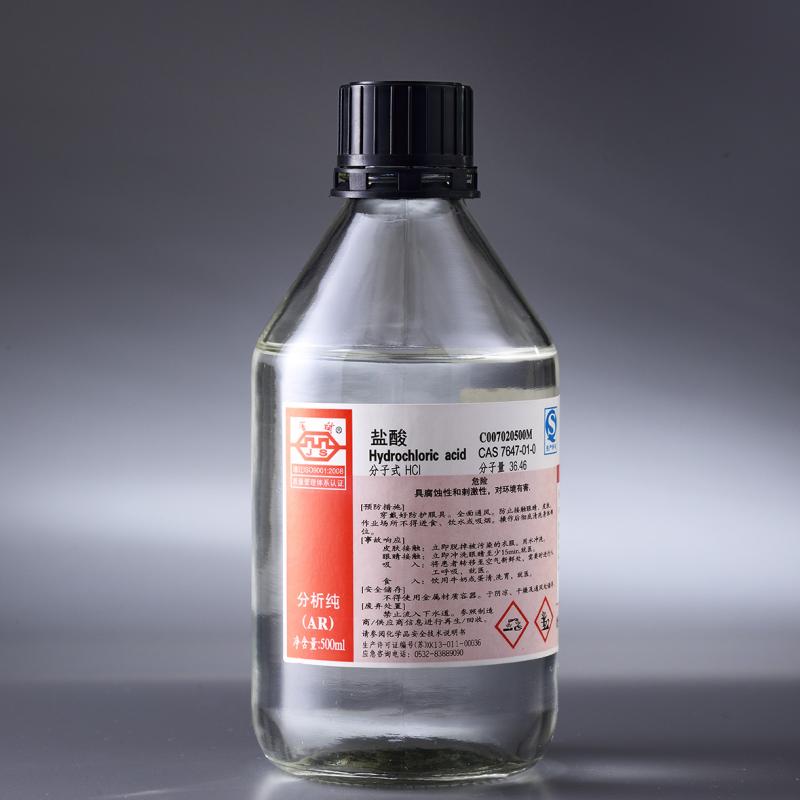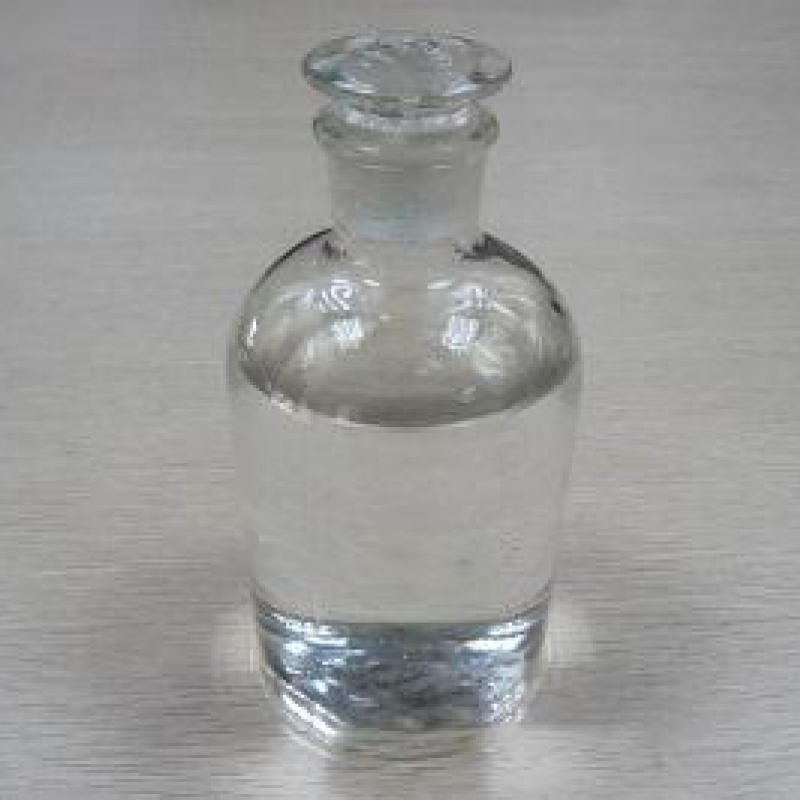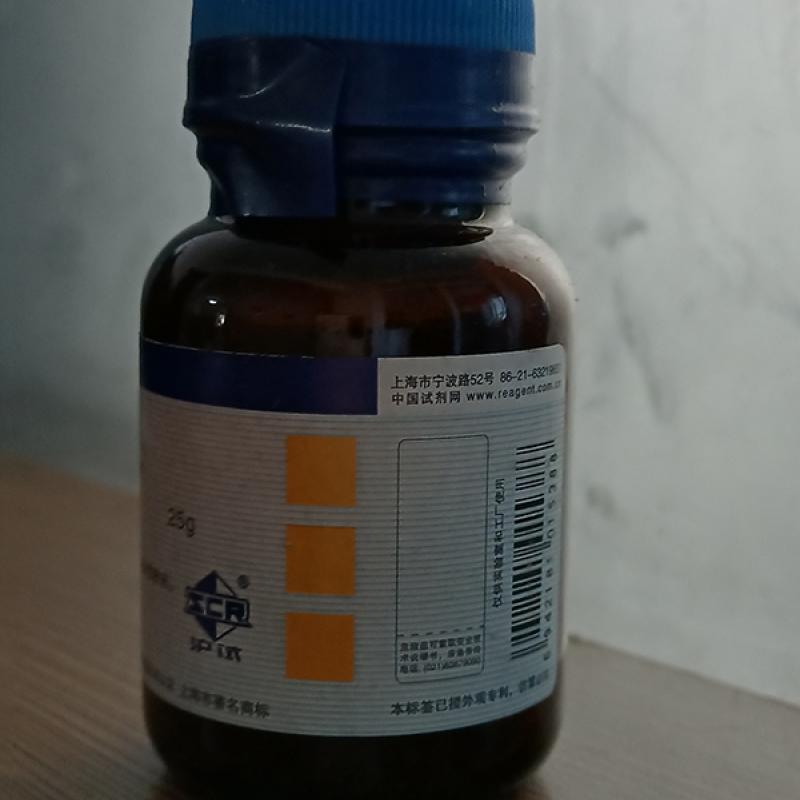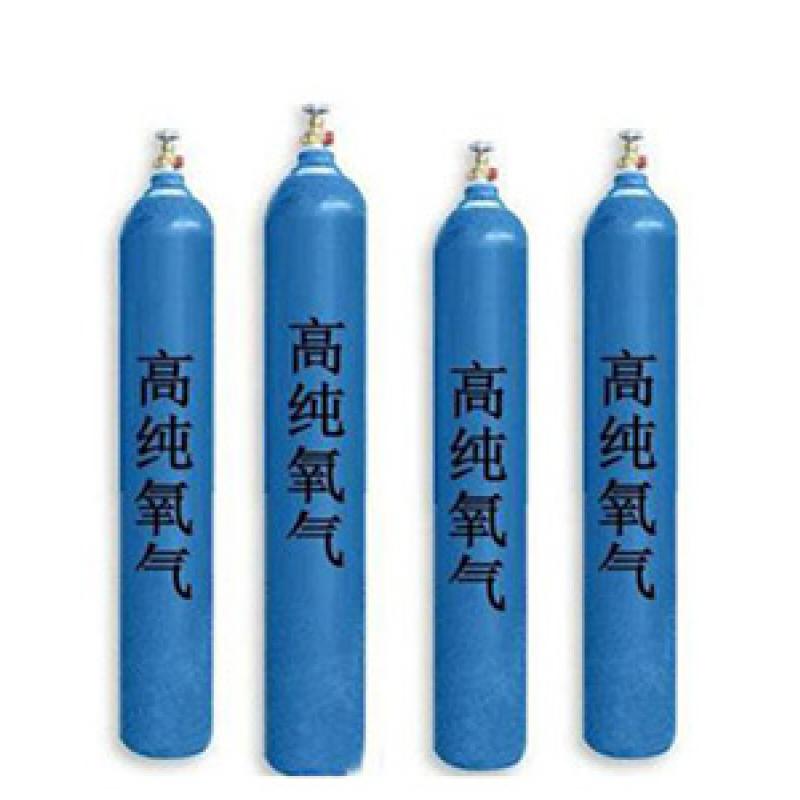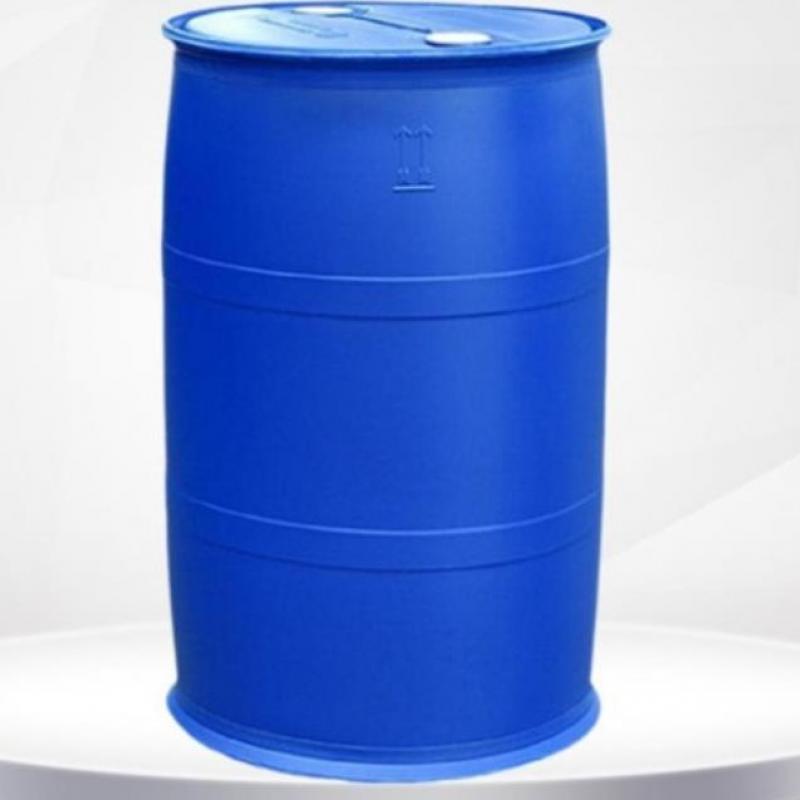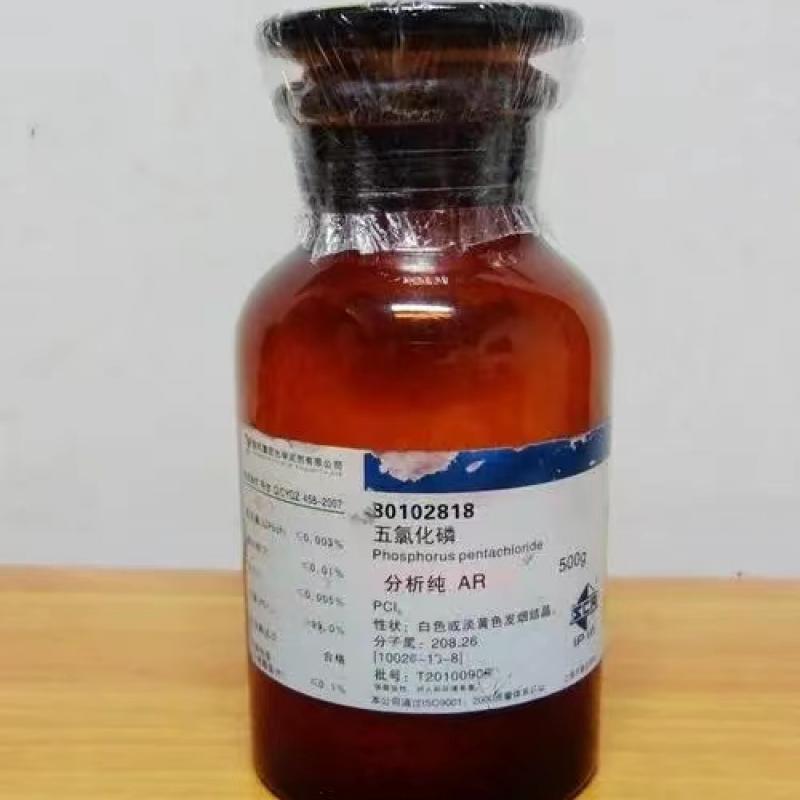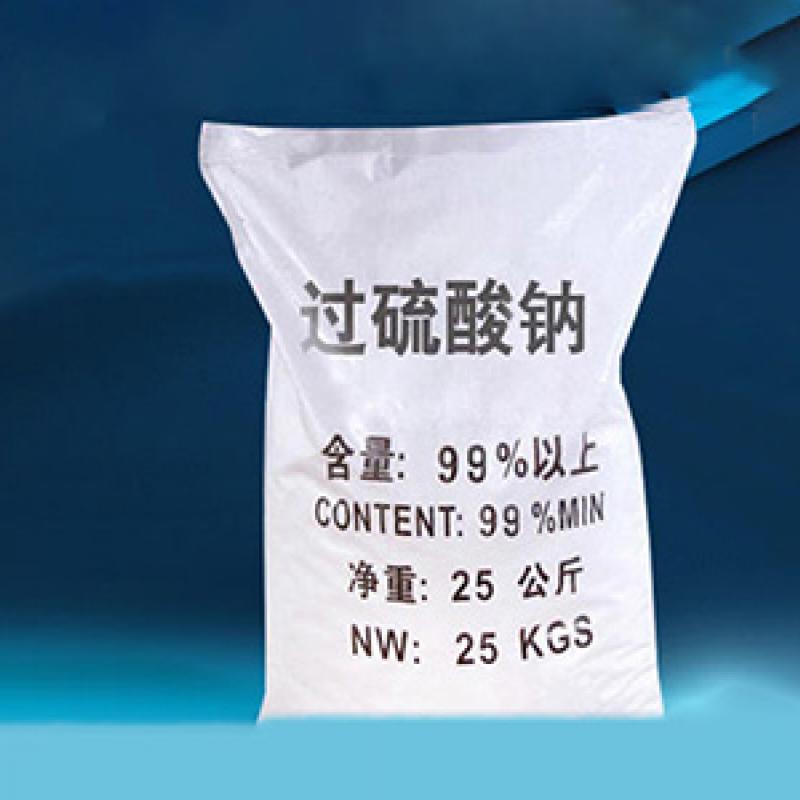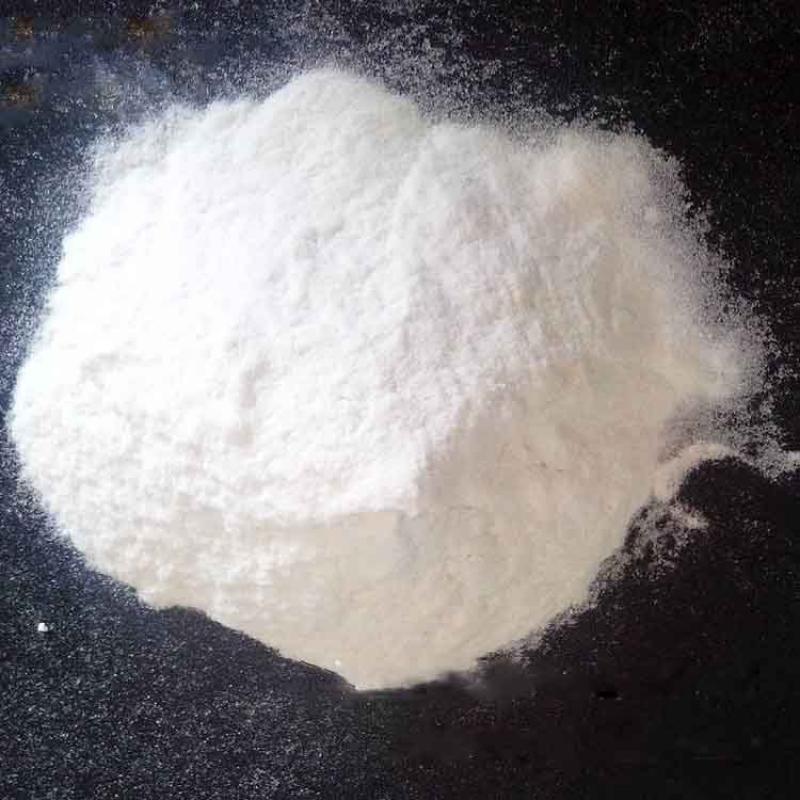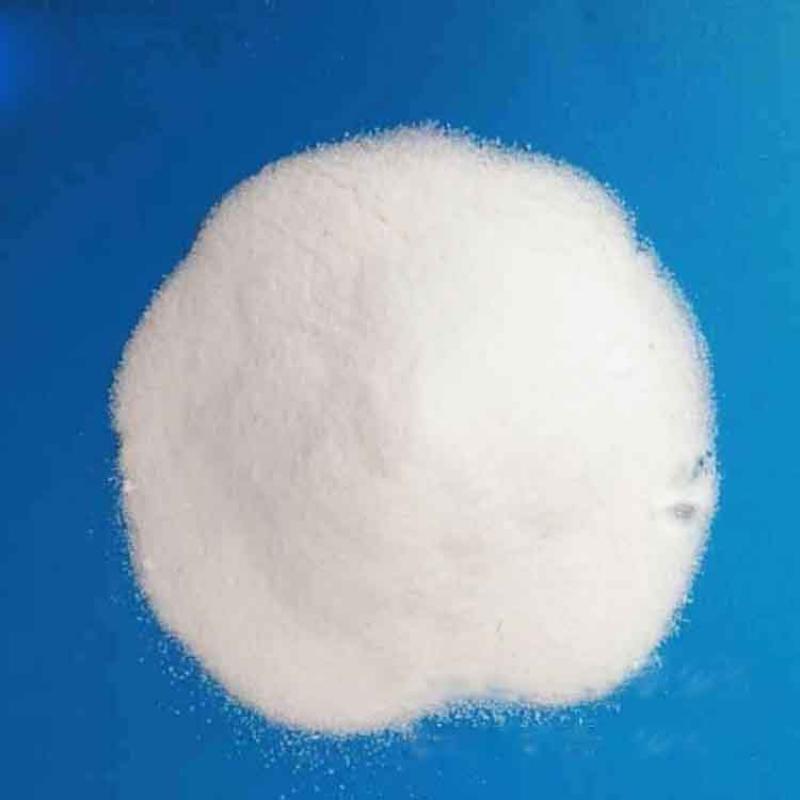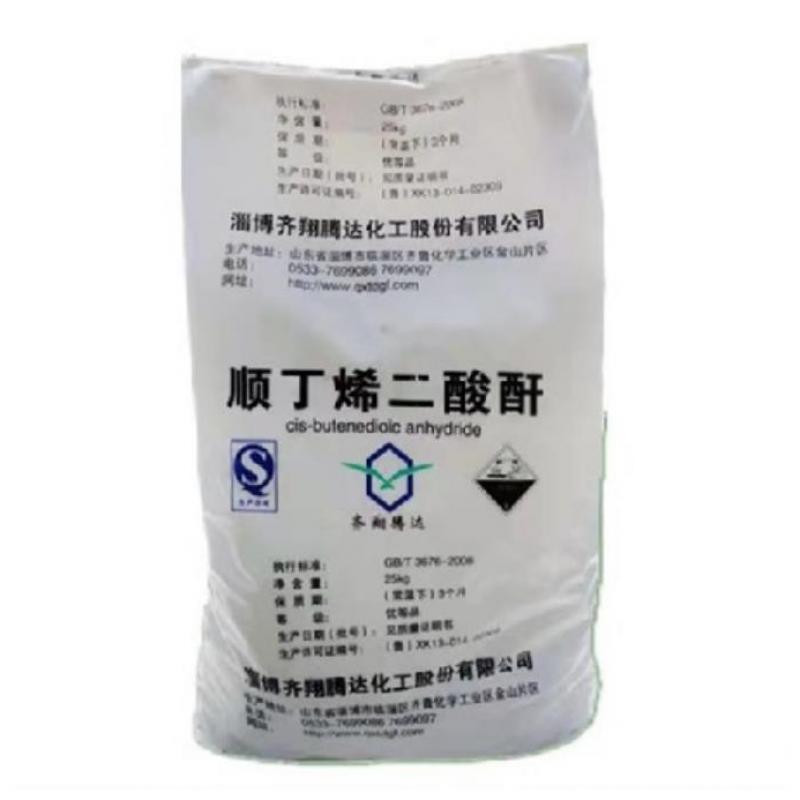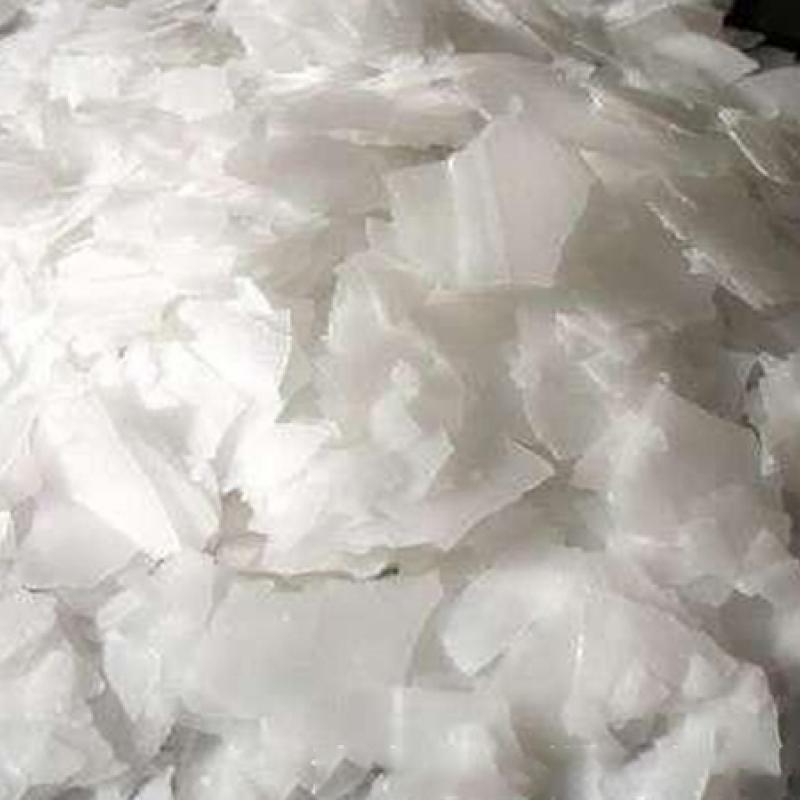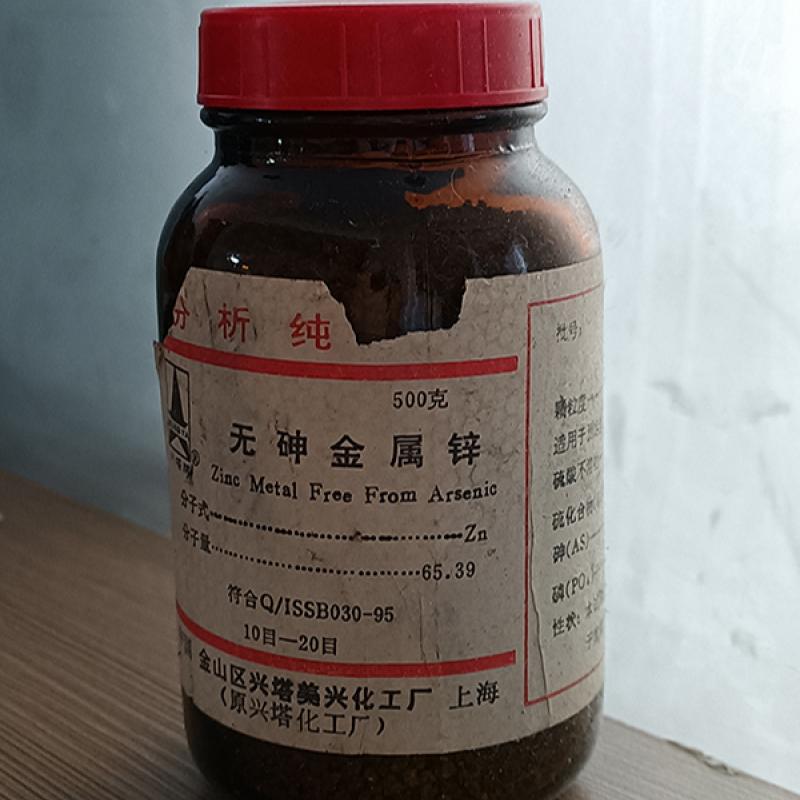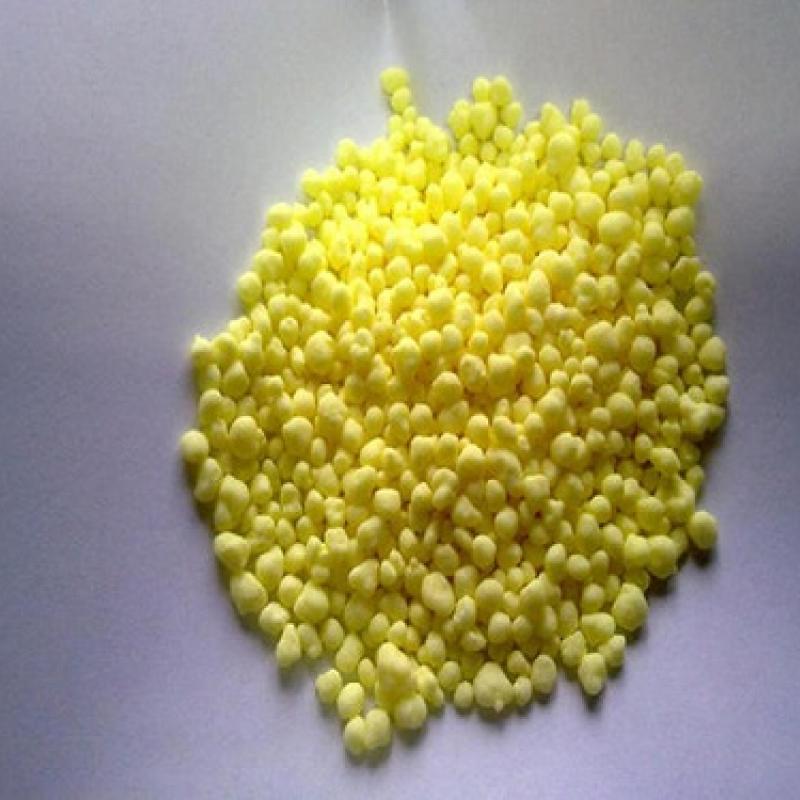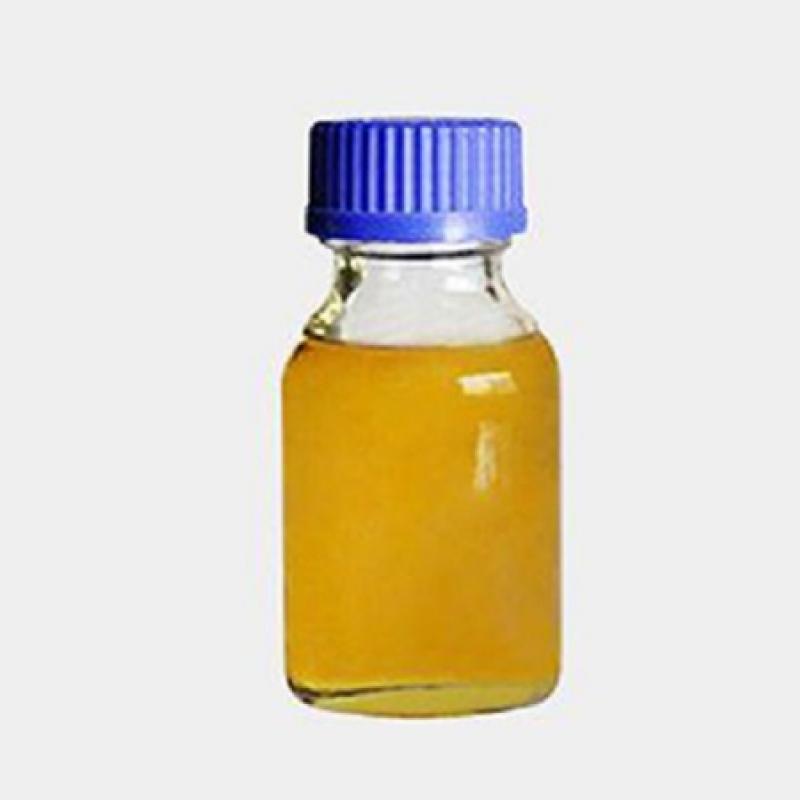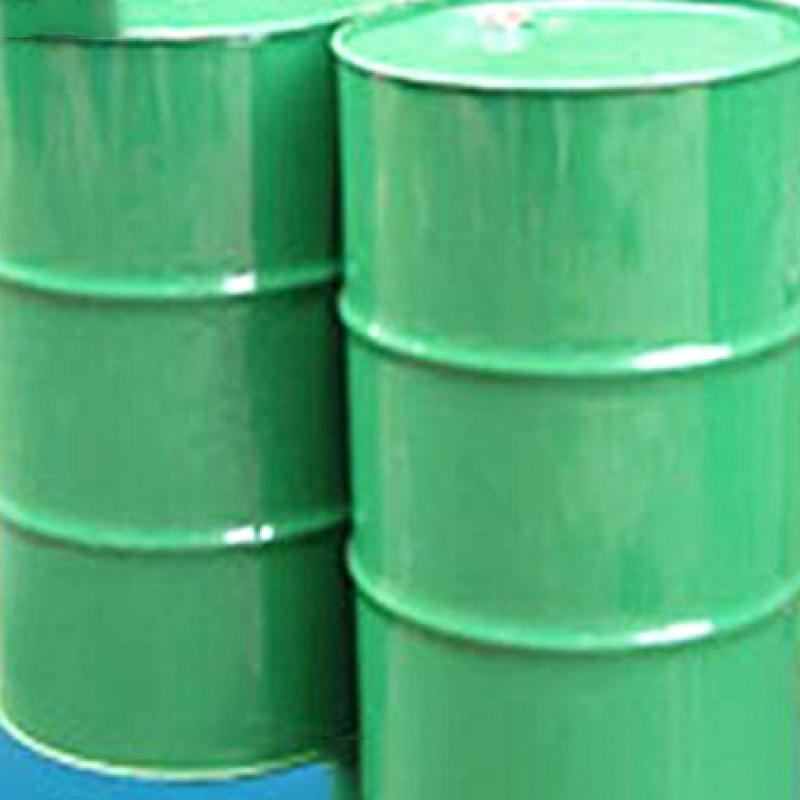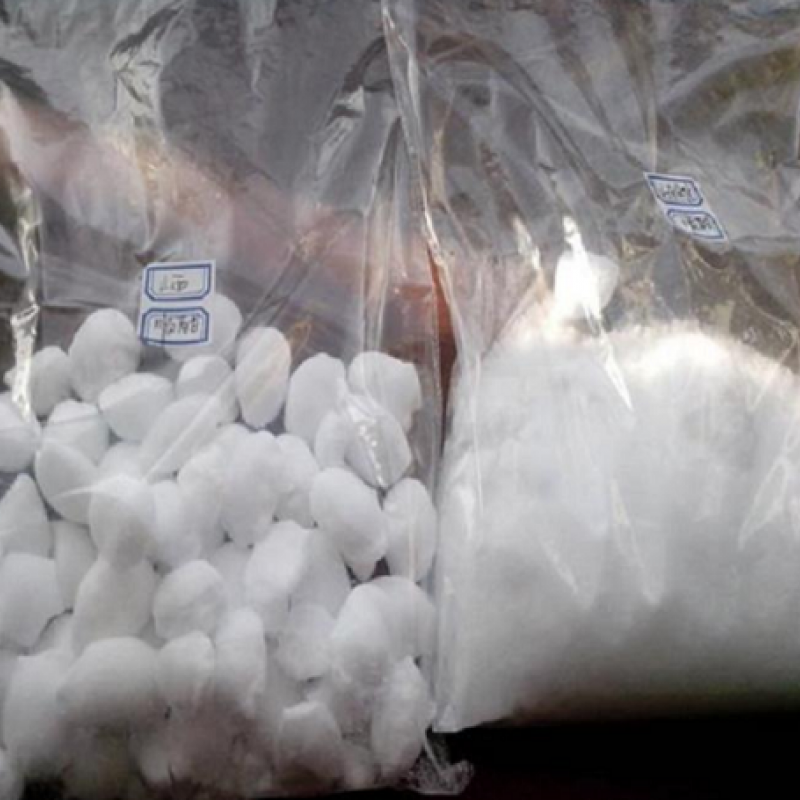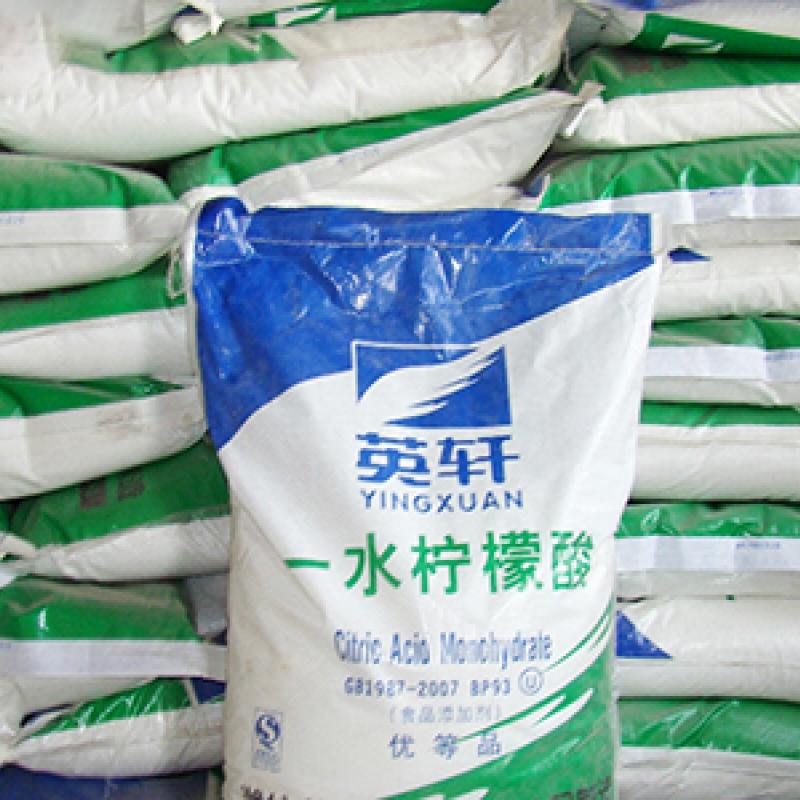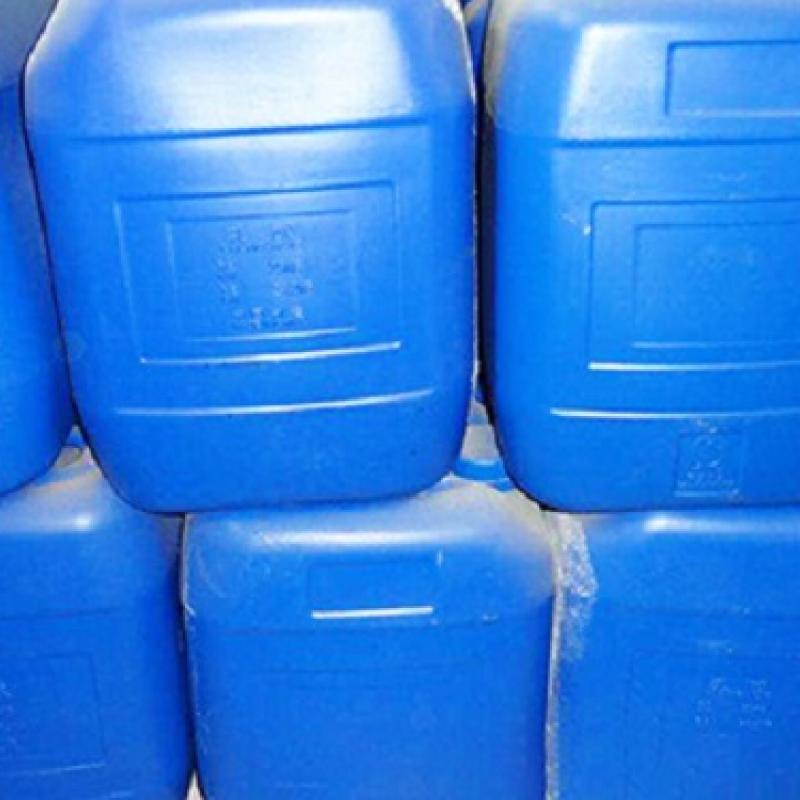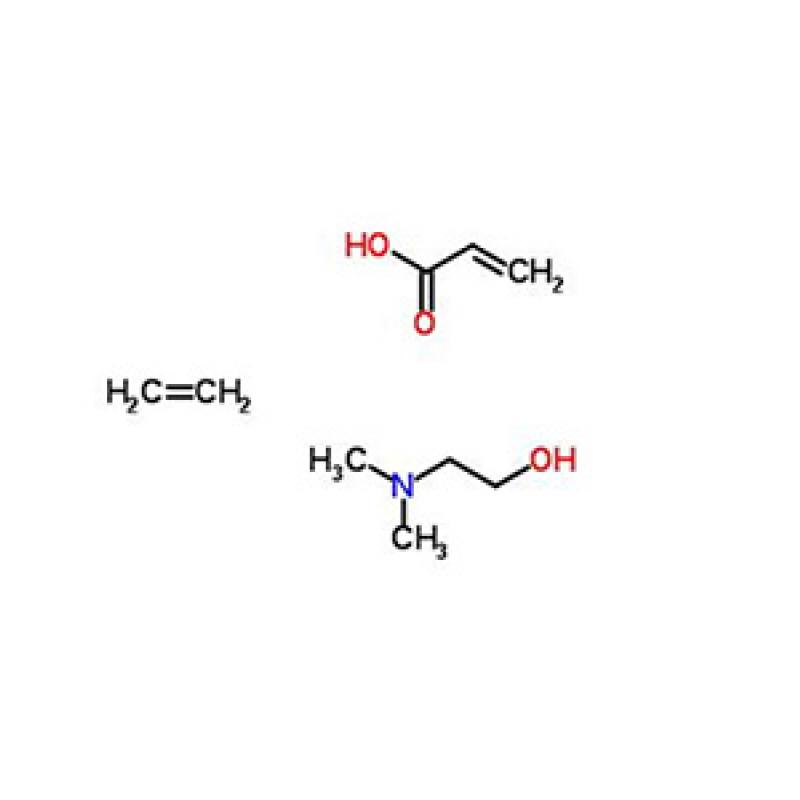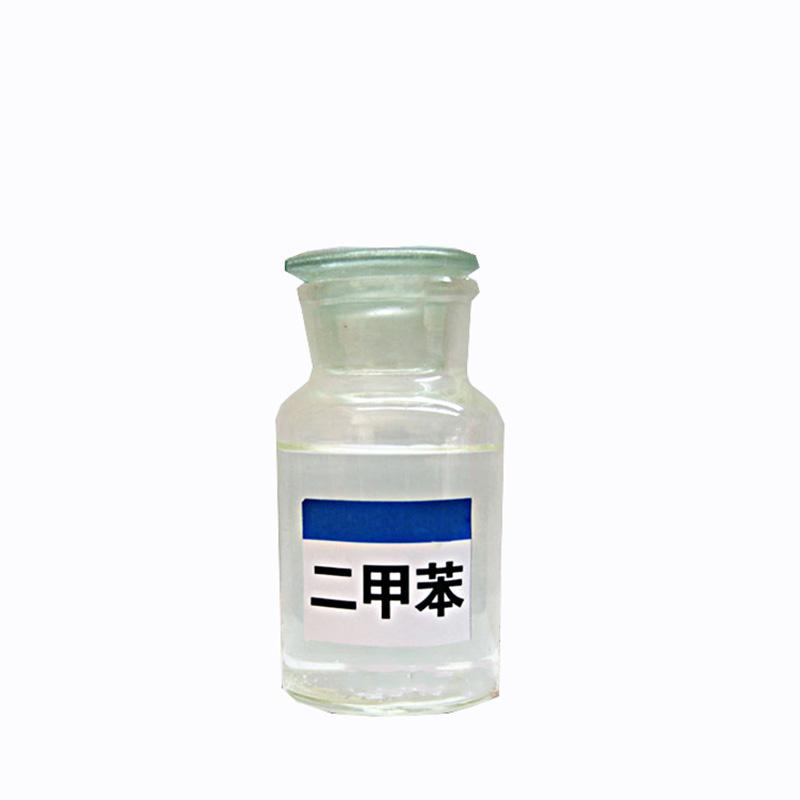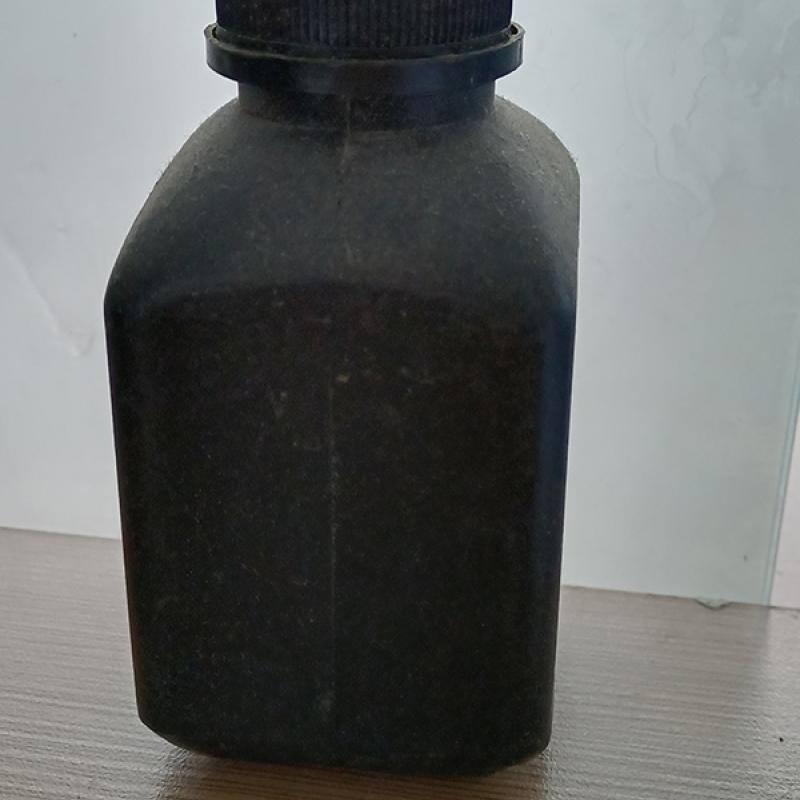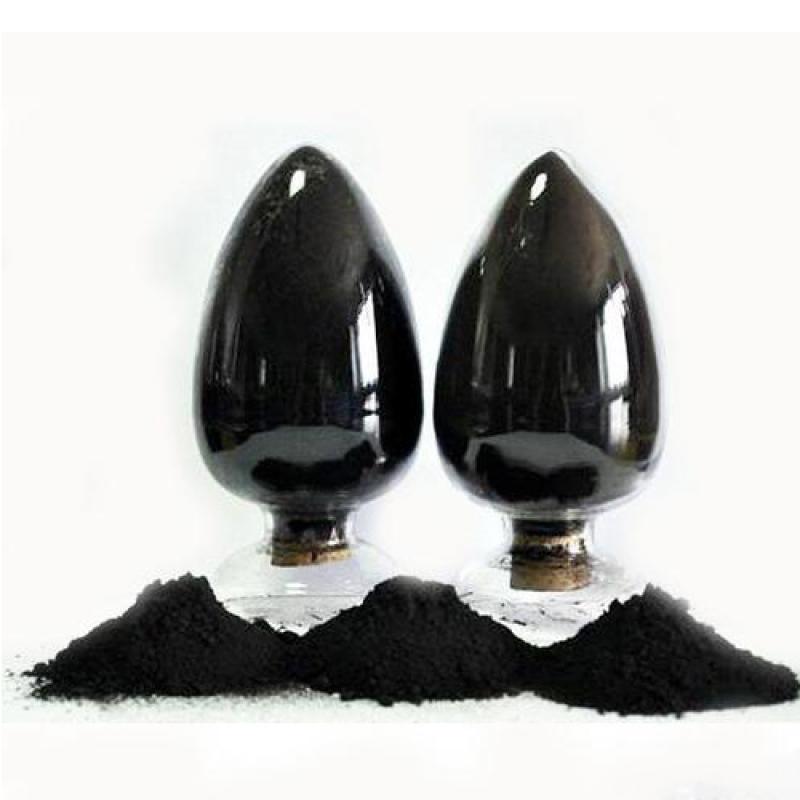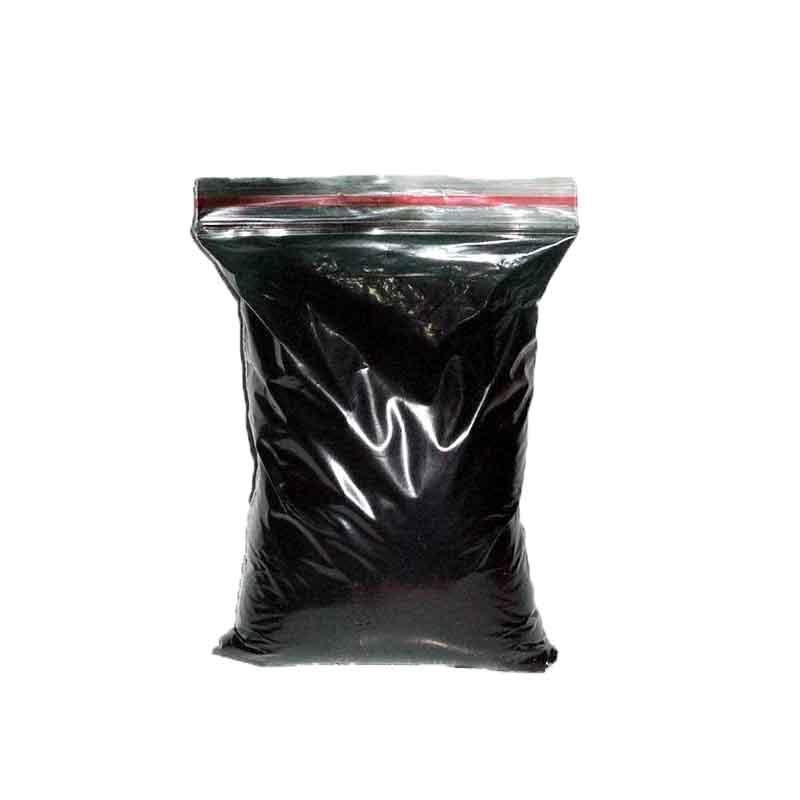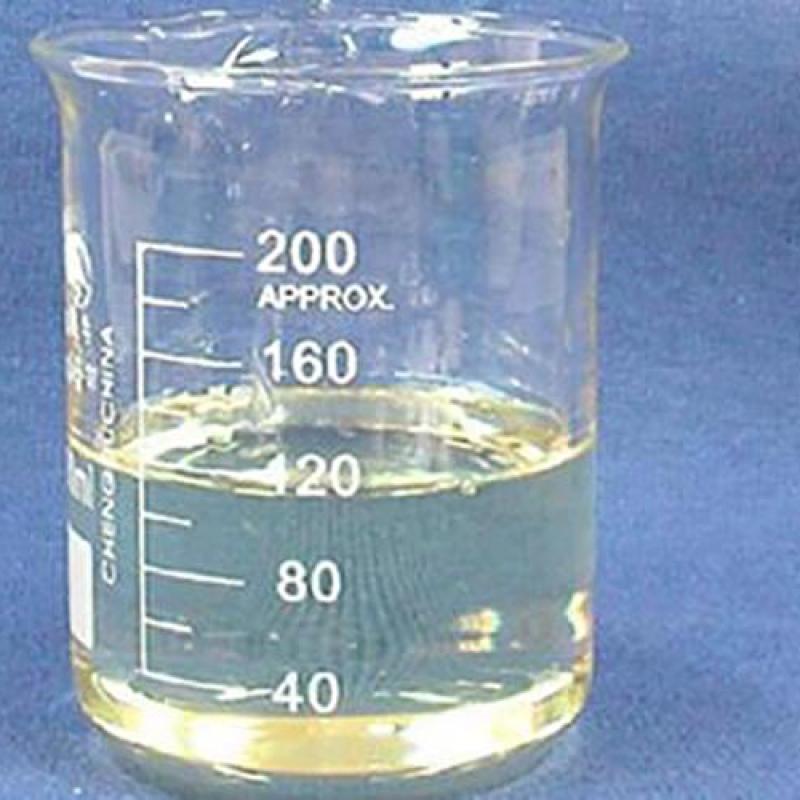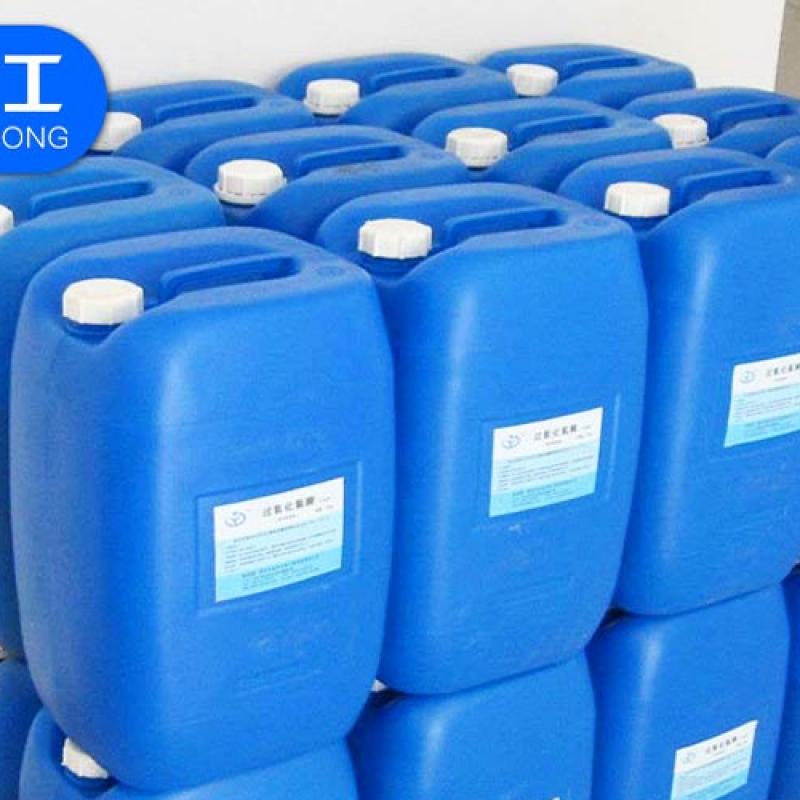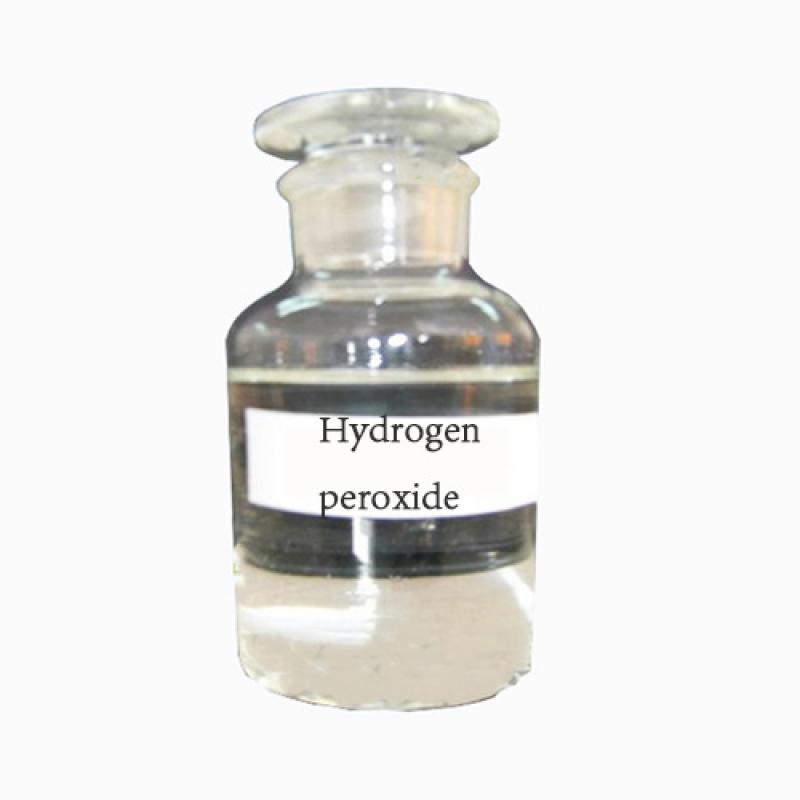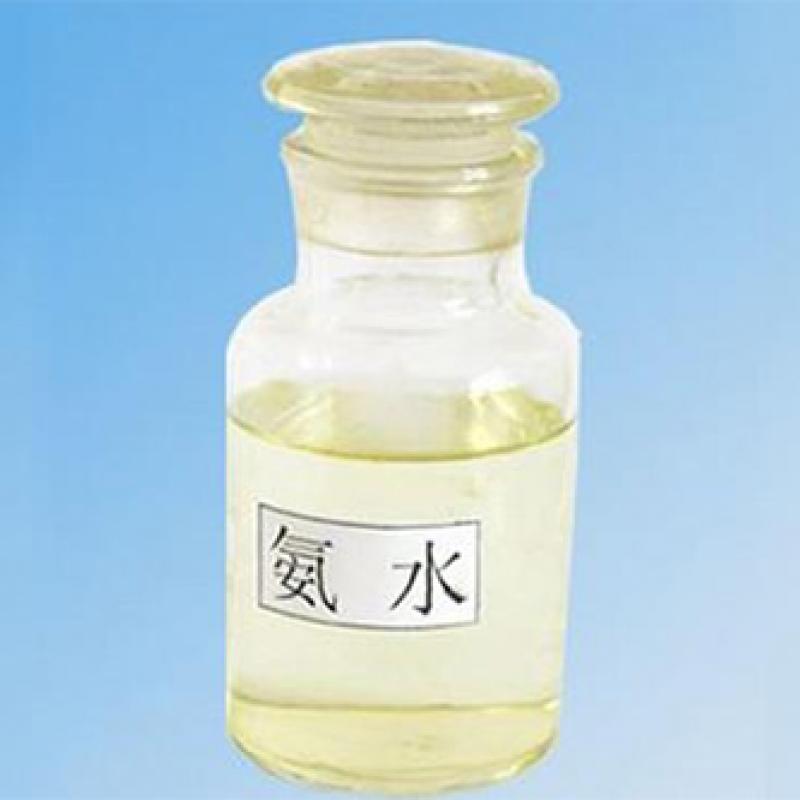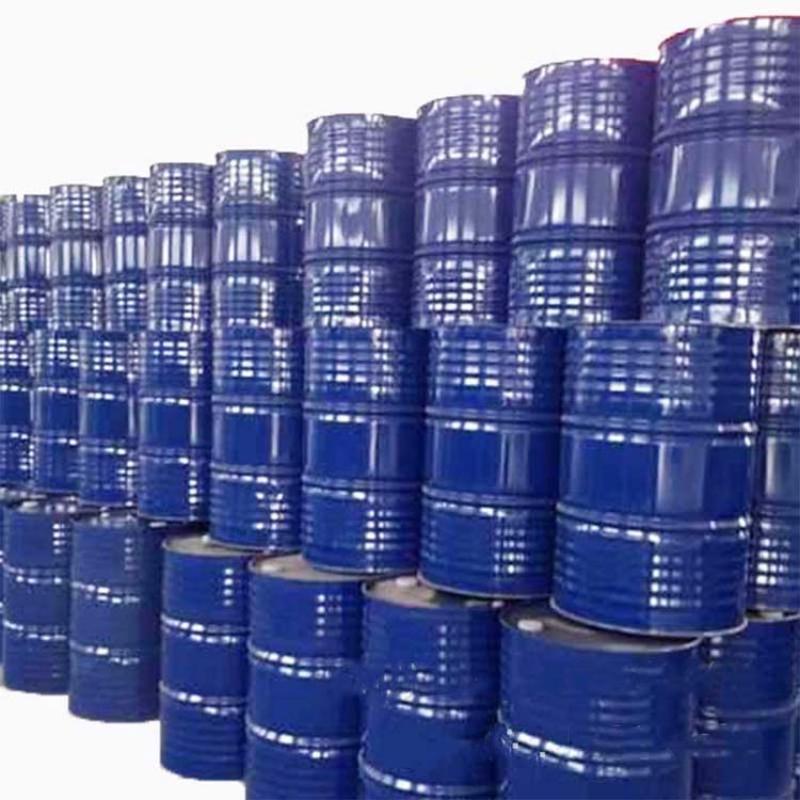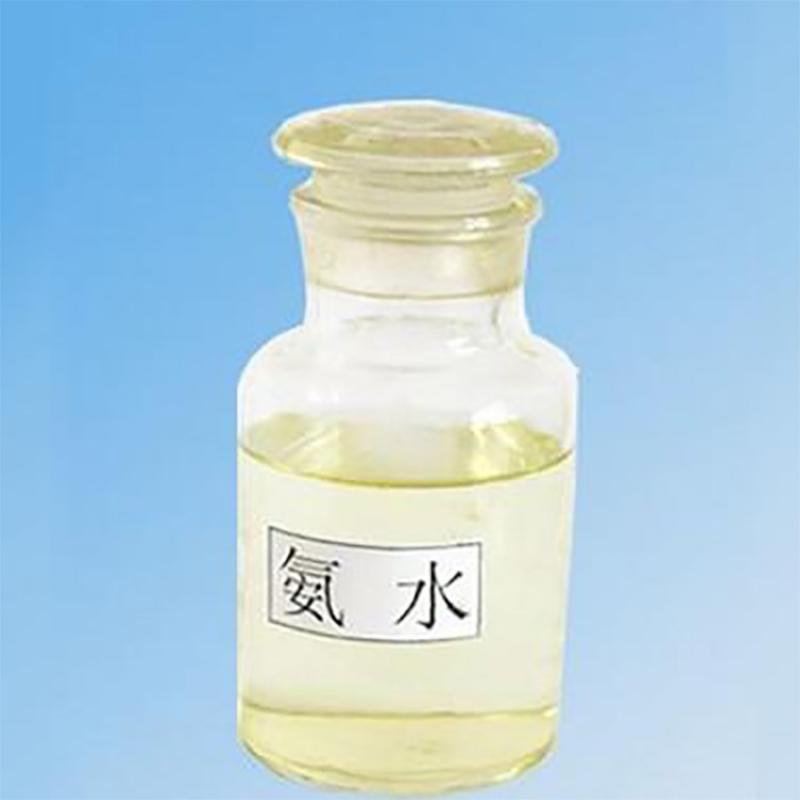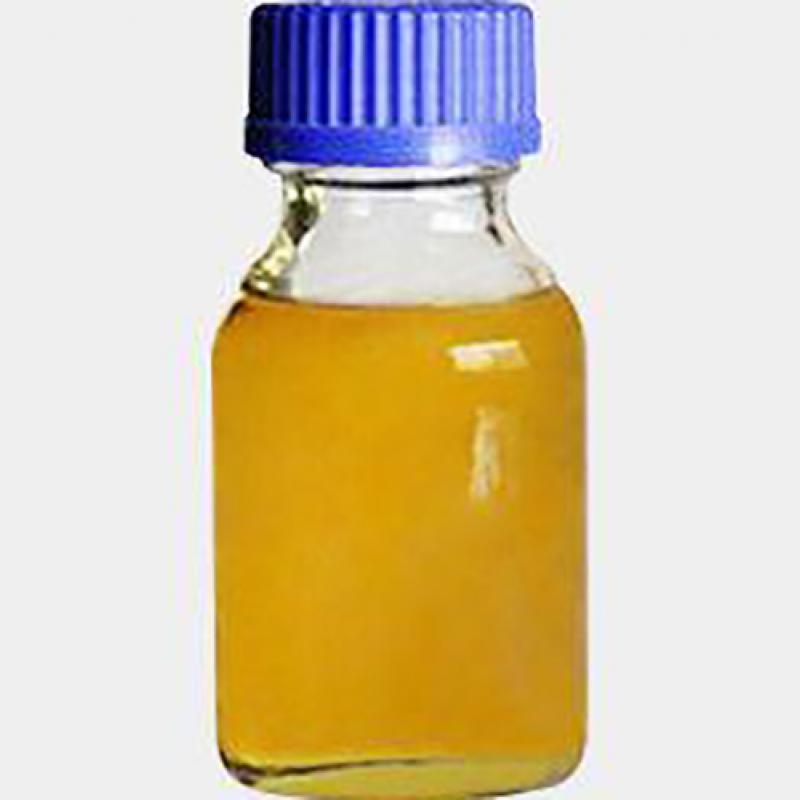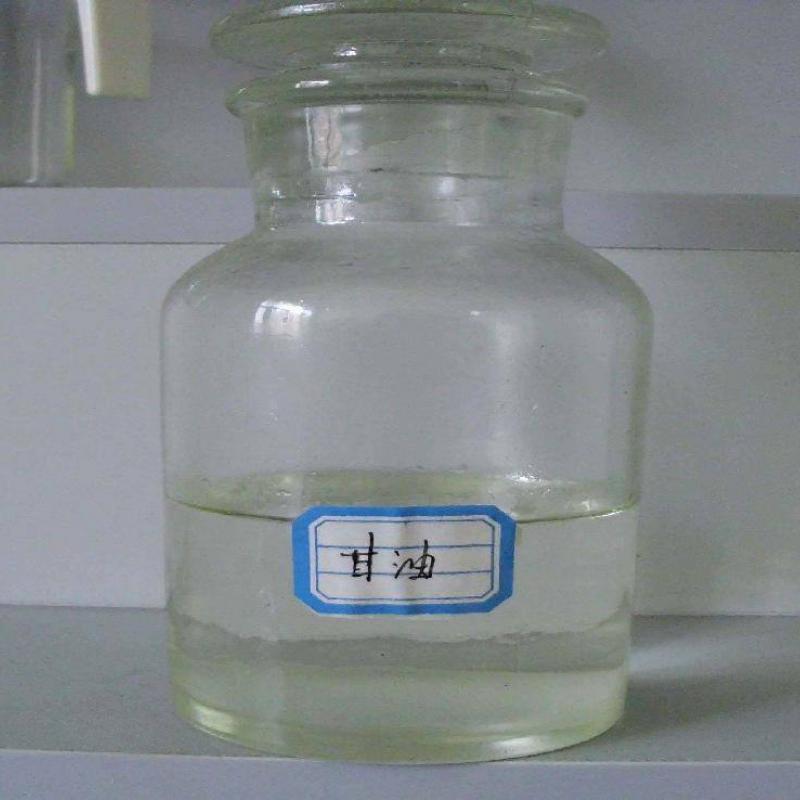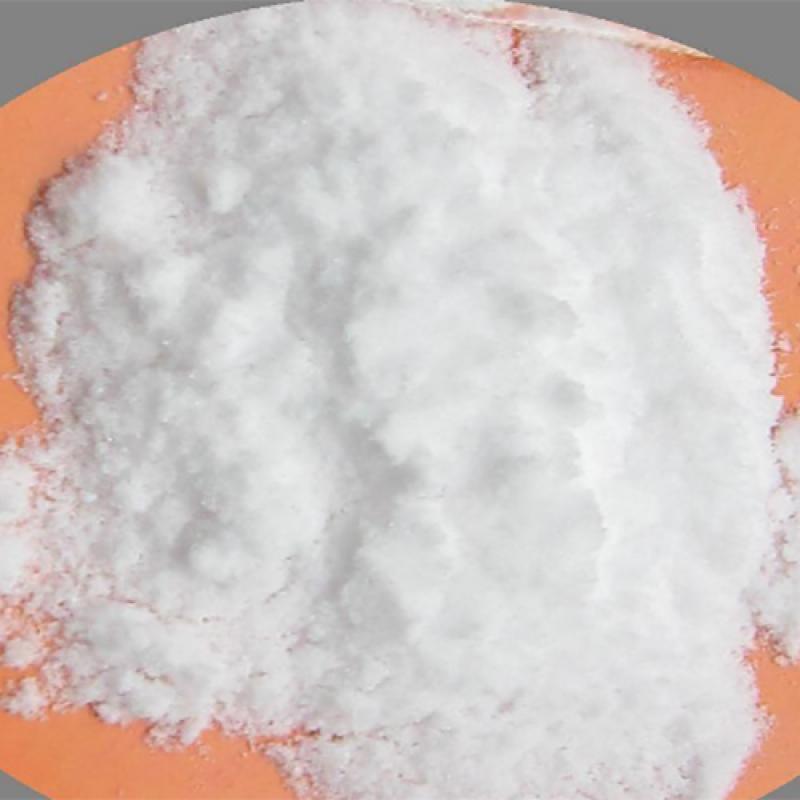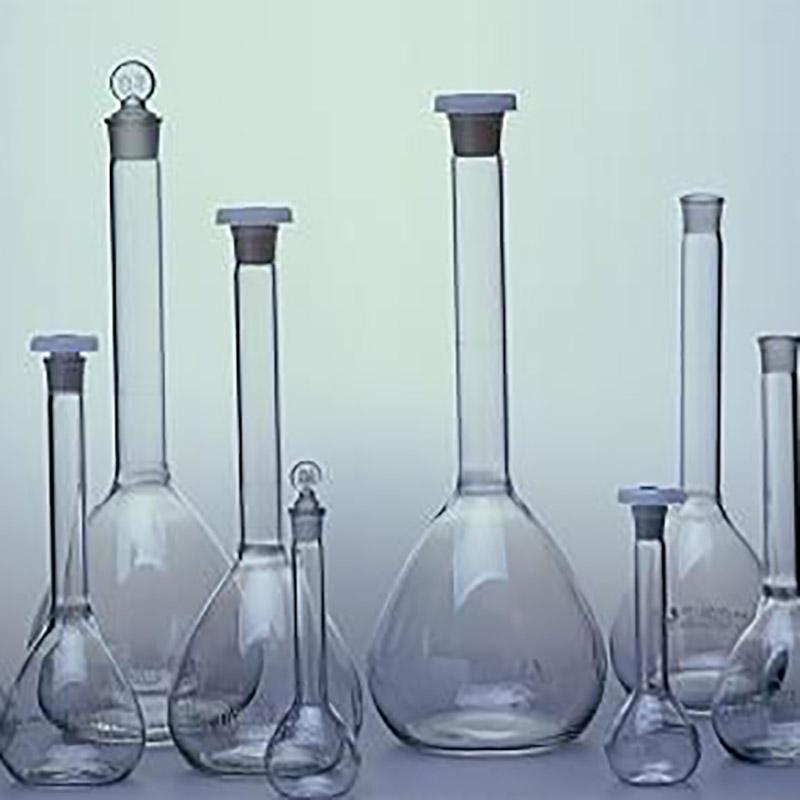Sulfonated Cobalt Phthalocyanine-manufacture,factory,supplier from China
(Total 24 Products for Sulfonated Cobalt Phthalocyanine)
It is an efficient catalyst for removing mercaptan in light oil. Gasoline refined from sour crude oil contains higher mercaptan sulfur content.
Contact Now
mercaptan wrapped in fuel is malodorous and corrosive, which reduces the lead content of gas. except, mercaptan is also an oxidation initiator, which can promote the oxidation and condensation of risky components in fuel to gel, resulting in terrible garage balance of gasoline. cobalt phthalocyanine sulfonate is an powerful catalyst for disposing of mercaptan sulfur from heavy oil, and it has the identical effect. whilst in use, dissolve the catalyst in 10% alkali solution, heat it slightly for a time frame, and stir to dissolve it before use.
Contact Now
It uses oxygen with a purity of 93.5%-99.2% and combustible gas (such as acetylene) to produce a flame of extremely high temperature, thereby melting the metal. The metallurgical process cannot do without oxygen. In order to strengthen the production of nitric acid and sulfuric acid, oxygen is also required. Instead of using air, a mixture of oxygen and water vapor is blown into the coal gasifier to obtain coal gas with high calorific value.
Contact Now
Phosphorus pentachloride is mainly used as a chlorination reagent for alcohols, carboxylic acids, amides, aldehydes, ketones, enols, and Beckmann rearrangement reagents. It is used as a chlorination agent and catalyst in organic synthesis, and is used in the production of medicines, dyes, and chemical fibers. It is also the raw material for the production of phosphazene chloride and phosphorus oxychloride.
Contact Now
Can gradually decompose, moist and high temperatures can accelerate decomposition. Can be decomposed by ethanol and silver ion.White crystalline powder.
Contact Now
Hypromellose (Hypromellose), also called hypromellose, is one of the non-ionic cellulose mixed ethers.
Contact Now
Antioxidant is a kind of chemical substance. When it is only a small amount in the polymer system, it can delay or inhibit the progress of the polymer oxidation process, thereby preventing the aging of the polymer and prolonging its service life. It is also called " Anti-aging agent".
Contact Now
Potassium hydroxide is strongly alkaline and corrosive, and its properties are similar to sodium hydroxide, which can cause burns. It can absorb water and dissolve in the air, and absorb carbon dioxide to gradually become potassium carbonate. The pH of the 0.1 mol/L solution is 13.5.
Contact Now
1.4, 4 '- methylene bis (2-chlorocene)
The molecular weight is 267.15, the molecular formula is C13H12N2 CL2
Contact Now
The molecular weight is 119.16, the melting point is -21°C, the flash point is 127°C, the freezing point is -21°C, and the refractive index is 1.4678. The viscosity (20°C) is 101 MPa·sec. The latent heat of vaporization is 519.16KJ/Kg. Colorless or light yellow viscous liquid, boiling point 247℃, soluble in water and ethanol, slightly soluble in ether. Flammable. It is non-toxic, LD504780mg/kg. It is a new solvent for selective desulfurization and decarbonization with excellent performance.
Contact Now
Physical nature
Colorless concierge fluids have a fierce scent. Insoluble in water, dissolved in ethanol and ether.
Benzyl alcohol, paf alcohol, 2-chloroethanol, ethylene glycol, furfural, dimethylformamide and acetonitrile were dissolved at room temperature. No corrosive metal.
Contact Now
1. Used to produce 1,4-butanediol γ- Butyrolactone, tetrahydrofuran, succinic acid, unsaturated polyester resin, alkyd resin and other raw materials are also used in and pesticides.
2. Act as collector in metal beneficiation.
3. It is used in organic synthesis and also as an intermediate of synthetic fiber.
4. Maleic anhydride is an important basic raw material of unsaturated organic anhydride.
Contact Now
its density is 1.542g/cm3, its melting point is 153-159℃, and water and carbon dioxide are differentiated and launched above a hundred seventy five℃. citric acid is without problems soluble in water and ethanol, its solubility is 59% at 20℃, and the ph of its 2% aqueous solution is 2.1.
Contact Now
The lactic acid transport speed is affected by a series of factors, and includes a monocarboxy-dient, lactate dehydrogenase concentration and isomer form, and the oxidative capacity arranged. Generally, the concentration of lactic acid in the blood is from 1-2 mmol / L during non-exercise, and can rise to 20 mmol / L during intense exercise.
Contact Now
The melting point is 13.5°C, the boiling point is 140.9°C, and the density (20/4°C) is 1.0611g/cm3. The chemical nature is lively. It is easy to polymerize in air and can be reduced to propionic acid by hydrogenation. Addition with hydrogen chloride generates 2-chloropropionic acid. Used in the preparation of acrylic resins and other organic synthesis. It is made by oxidation of acrolein or hydrolysis of acrylonitrile, or made by carbon monoxide, acetylene and water under the action of nickel catalyst.
Contact Now
The industrial neighborl xylene is a raw material, first washes the acid layer to the acid layer colorless, then use 10% sodium hydroxide solution, water is washed to pass, and the aqueous layer is separated, and the calcium chloride is borned with anhydrous carbon. After the distinction is low, the intermediate fraction is collected, that is, a pure product.
Contact Now
Relate News
Sulfonated cobalt phthalocyanine is an effective catalyst for removing mercaptan in light oil. Gasoline containing sour crude oil has a relatively high sulfur content.
Hydrogen peroxide, also known as peroxide, is a low-toxic substance, but if used improperly, it can still cause harm to the human body. Next, I will introduce you to the use of hydrogen peroxide and its hazards.
Hydrogen peroxide is a good oxidizing bleaching agent. It is used for bleaching yarns with hydrogen peroxide. It has good whiteness, pure color and no impurities in the equipment.
Hydrogen peroxide is also known as hydrogen peroxide, and its chemical formula is H2O2. Its appearance is a light blue viscous liquid, which can be mixed with water at will. It is an oxide and reducing agent, but the effect of hydrogen peroxide in different situations There are also certain differences. Today, let us talk about the actual effects of hydrogen peroxide in different uses.
Ammonia is an aqueous solution of ammonia. It is colorless, transparent and has a pungent smell. So what are the properties of ammonia?
Storage conditions of flammable and explosive risk chemicals, such as methylamine ethanol solution and methylamine methanol solution.
Ammonia water, also known as Ammonia water, is a solution of ammonia dissolved in water, is colorless and transparent liquid, has a special irritating odor, volatile, corrosive, weak alkaline, unstable and flammability and other characteristics.
N-Methyldiethanolamine (MDEA) is commonly used to solve the acid gas containing hydrogen sulfide and CO2 in industrial production. It can absorb hydrogen sulfide and part of CO2.
Glycerol (also known as glycerol) is an organic substance that is colorless, odorless, sweet in taste, and has a clear, viscous appearance. It is miscible with any proportion of water, alcohol, amine and phenol, and the aqueous solution is neutral. Glycerin is a polyhydric alcohol humectant, and the hydroxyl groups form hydrogen bonds with water molecules in the molecular structure, which plays a good role in absorbing water and locking water. Glycerin has a wide range of uses, with more than 1,700 uses currently in use in food and industry.
The bis-sodium sulfate solution is acidic and can be decomposed by alcohol and silver ions. It can also burn with combustibles or easy oxides to support combustion, promote fire, and even explode when it is violent.

